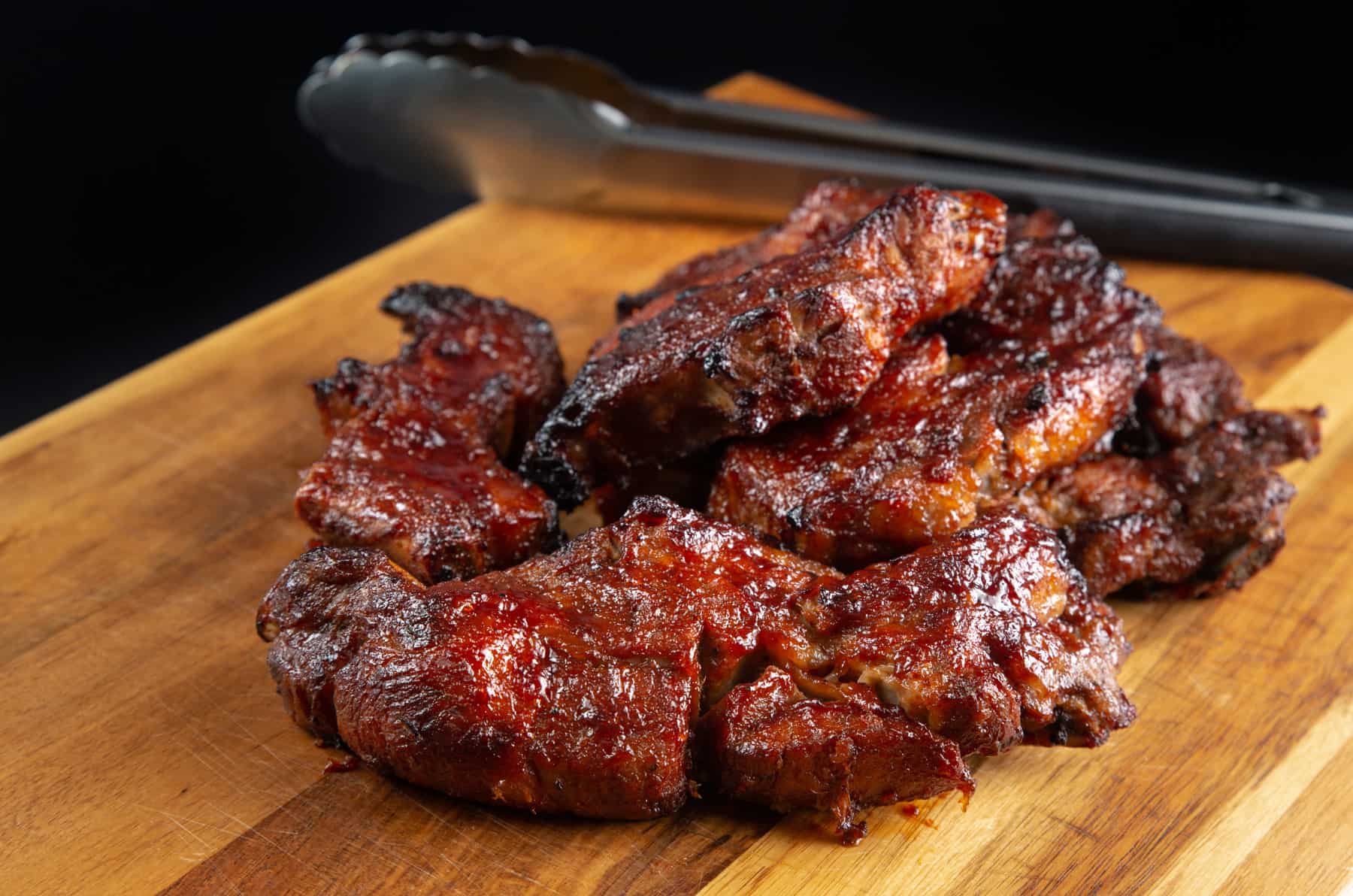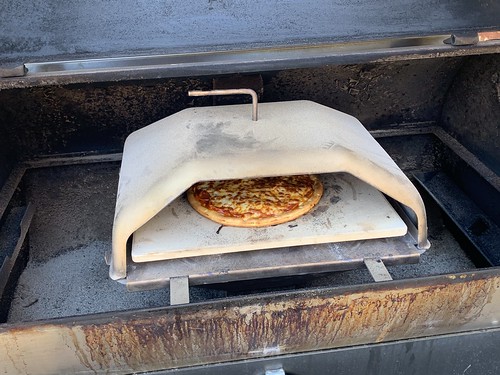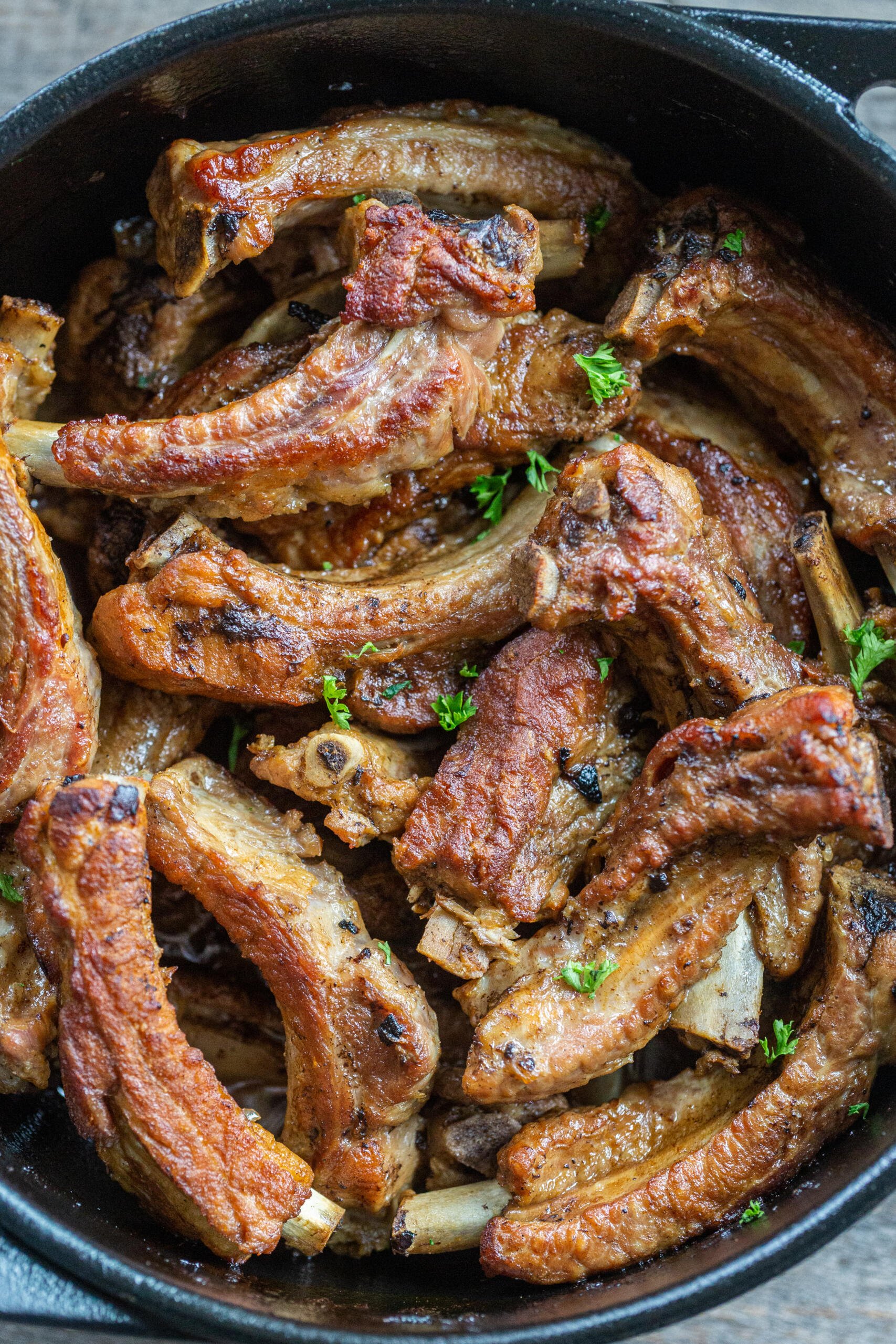What Temperature Should Pork Ribs Be Cooked To?
Internal Temperature for Pork Ribs
USDA Guidelines
The USDA recommends cooking pork ribs to an internal temperature of 145°F (63°C), followed by a three-minute rest time, to make sure food security.
This temperature is taken into account secure because it kills bacteria and parasites which might be present within the meat.

However, some individuals prefer to cook dinner their ribs to a higher inner temperature, similar to 165°F (74°C), for a more tender and fall-off-the-bone texture.
It is important to make use of a food thermometer to precisely measure the inner temperature of the ribs to make sure they’re cooked to the desired degree of doneness.
Remember that the temperature of the ribs will proceed to rise barely during the resting period, so it’s best to take away them from the heat a couple of degrees earlier than reaching the goal temperature.
Doneness Levels
What Temperature Should Pork Ribs Be Cooked To?
Pork ribs are a preferred dish that may be cooked in a wide range of ways. One of the most important elements in cooking Pork Ribs Oven ribs is the internal temperature. The internal temperature of pork ribs will decide the doneness of the ribs. There are three major doneness levels for pork ribs: rare, medium, and well-done.
Rare pork ribs are cooked to an inside temperature of 145 levels Fahrenheit. This is the bottom safe internal temperature for pork ribs. At this temperature, the ribs might be barely pink in the center. Rare pork ribs are tender and juicy, however they is in all probability not as flavorful as ribs which might be cooked to the next inside temperature.
Medium pork ribs are cooked to an inner temperature of a hundred and sixty degrees Fahrenheit. This is the best internal temperature for pork ribs. At this temperature, the ribs might be cooked by way of but nonetheless juicy. Medium pork ribs are flavorful and tender, and they are the most popular doneness degree for ribs.
Well-done pork ribs are cooked to an inner temperature of one hundred seventy levels Fahrenheit. This is the highest protected internal temperature for pork ribs. At this temperature, the ribs shall be totally cooked and shall be very tender. However, well-done pork ribs can be dry and tough, so you will want to prepare dinner them to the right inside temperature.
To check the interior temperature of pork ribs, insert a meat thermometer into the thickest part of the ribs. The thermometer must be inserted perpendicular to the ribs, and it shouldn’t contact the bone. Once the thermometer has been inserted, wait a quantity of seconds for the temperature to stabilize. The inner temperature of the ribs will continue to rise after they’ve been removed from the warmth, so you will need to examine the temperature before the ribs are served.
Safe Cooking Temperatures
The really helpful inside temperature for pork ribs is 145°F (63°C). This temperature is excessive enough to kill micro organism however low enough to maintain the ribs moist and tender.
To verify the temperature of pork ribs, insert a meat thermometer into the thickest a part of the meat, avoiding the bone.
Pork ribs could be cooked utilizing quite lots of methods, including grilling, smoking, baking, and braising.
No matter which cooking technique you choose, it is very important cook dinner the ribs to the proper internal temperature to guarantee that they are fit for human consumption and pleasant.
Smoking vs. Oven Temperatures
Internal Temperature for Pork Ribs
The inside temperature of pork ribs is a crucial factor in figuring out their doneness and tenderness. For the most effective results, cook pork ribs to an internal temperature of 145°F (63°C) as measured by a meat thermometer inserted into the thickest a part of the meat, between the bones.
Smoking vs. Oven Temperatures
Smoking pork ribs is a standard cooking method that imparts a singular taste and smoky aroma. The perfect smoking temperature for pork ribs is between 225°F (107°C) and 250°F (121°C). Smoking ribs at this temperature permits for a low and sluggish cooking course of that results in tender and flavorful meat.
On the other hand, baking pork ribs within the oven is a more handy option that does not require specialized gear. For oven cooking, set the oven temperature to 300°F (149°C) to 325°F (163°C) for optimum results.
Factors Affecting Cooking Time
Internal Temperature for Pork Ribs:
- Safe eating temperature: 145°F (63°C)
- Tender and juicy: 195-203°F (90-95°C)
- Fall-off-the-bone: 203-210°F (95-99°C)
Factors Affecting Cooking Time:
1. Rib Thickness: Thicker ribs require longer cooking.
2. Cooking Method: Grilling, smoking, roasting, braising all have different cooking times.
3. Starting Temperature: Cold ribs take longer to heat up than room temperature ribs.
4. Ambient Temperature: Cooking outdoors or in chilly situations will increase cooking time.
5. Rib Fat Percentage: Ribs with extra fats cook dinner quicker due to the fats melting.
6. Desired Doneness: Internal temperature dictates doneness and cooking time.
7. Bone-In vs. Boneless: Boneless ribs prepare dinner quicker than bone-in.
8. Marinade or Rub: Marinating or rubbing ribs can affect cooking time.
9. Grill or Oven Temperature: Higher temperatures shorten cooking time.
10. Smoking: Smoking imparts flavor but additionally increases cooking time.
Tips for Accurate Temperature Measurement
Internal Temperature for Pork Ribs
When cooking pork ribs, you will want to reach a safe inside temperature to make certain that they are cooked via and safe to eat. The really helpful internal temperature for pork ribs is one hundred forty five levels Fahrenheit (63 degrees Celsius) as measured by a meat thermometer inserted into the thickest part of the meat, avoiding any bones.
Tips for Accurate Temperature Measurement
To ensure an correct temperature studying, follow these tips:
1. Use a calibrated thermometer: Check in case your thermometer is correct by immersing it in ice water and making certain it reads 32 levels Fahrenheit (0 levels Celsius).
2. Insert the thermometer properly: Insert the probe of the thermometer into the thickest part of the ribs, avoiding bones or fat.
3. Wait for the studying to stabilize: Allow the thermometer to remain in place for a quantity of seconds until the studying stabilizes.

4. Take multiple readings: Check the temperature in numerous elements of the ribs to make sure even cooking.
5. Adjust cooking time if necessary: If the inner temperature isn’t yet within the really helpful vary, continue cooking and check periodically until it reaches the desired temperature.

